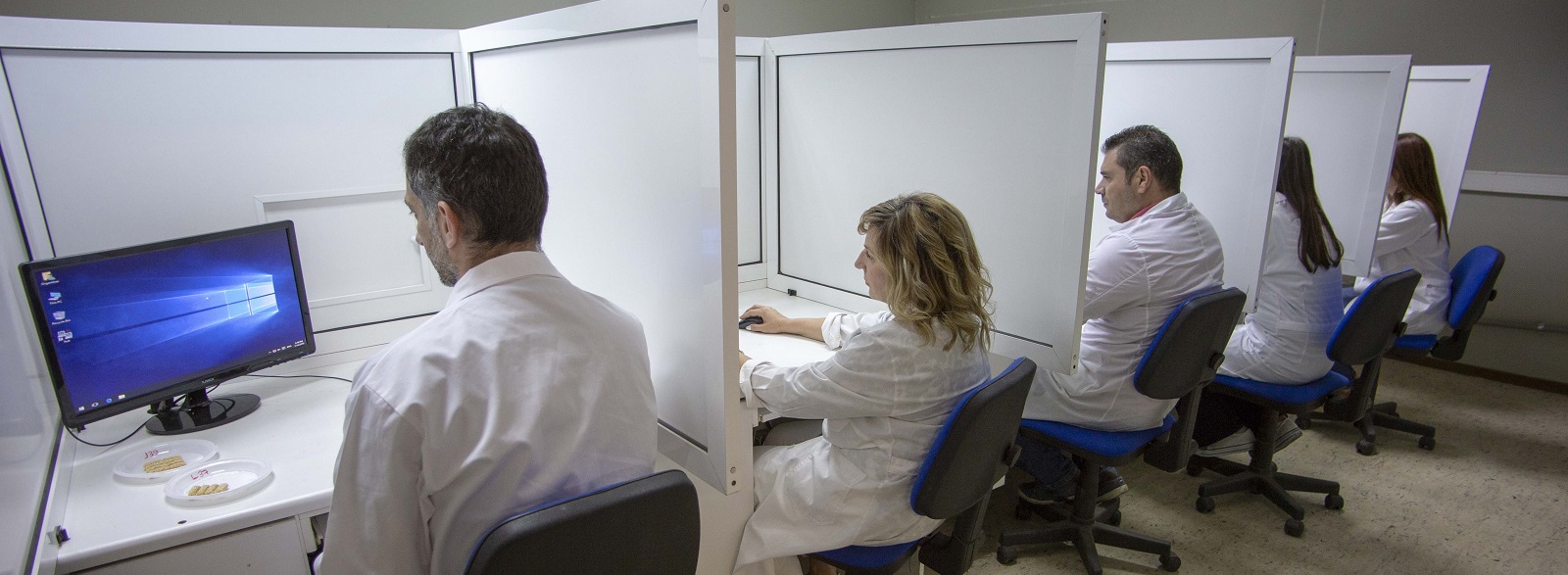Sensorial
Organoleptic testing is mainly conducted in food and beverages for the development of sensory profiles and sensory assessments. The aim of the laboratory is to measure, analyze and interpret reactions to those characteristics of foods and drinks which are perceived only by human senses (sight, smell, taste, hearing and touch). The organoleptic analysis is applied to study competition between products, new product development, the analysis of preference and acceptance by the consumer, the estimation of the product’s life cycle and ultimately the success of the product.
The main organoleptic tests are:
Product Preference Classification, where the tester classifies products according to taste, classifying the best as first, then the second best and the worst as the last.
Quantitative Descriptive Analysis, where a determination of the intensity of the main sensory characteristics of the samples is made, by using an un-numbered scoring ladder
Triangular testing where small differences between the samples are determined, for one or more characteristics.
The laboratory analyzes samples mainly for the food industry and the supermarkets.

